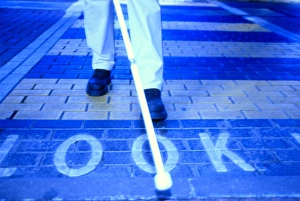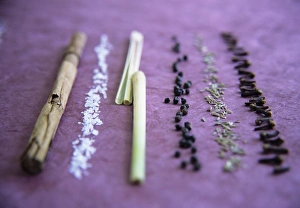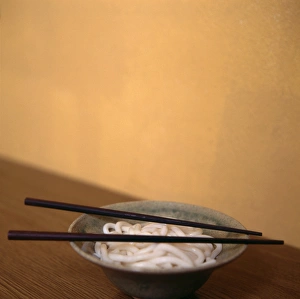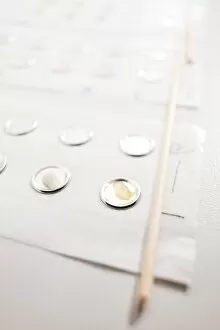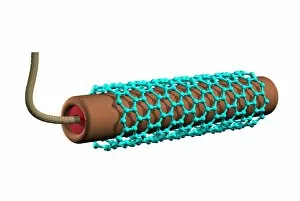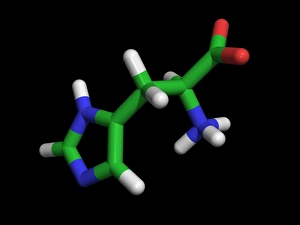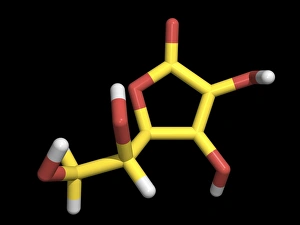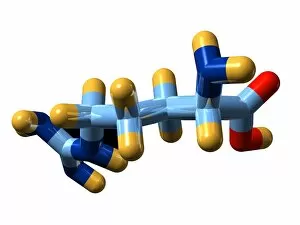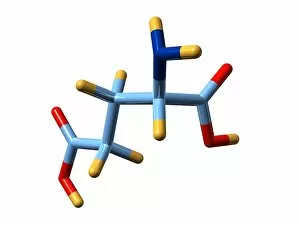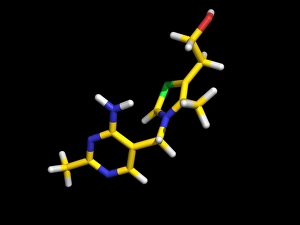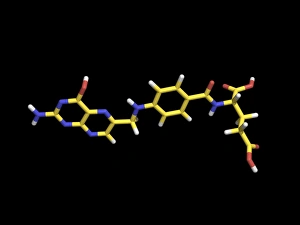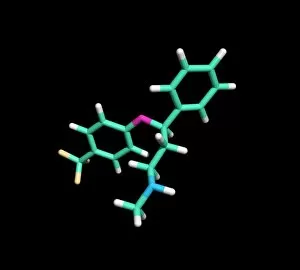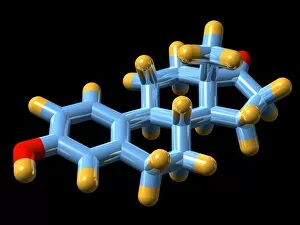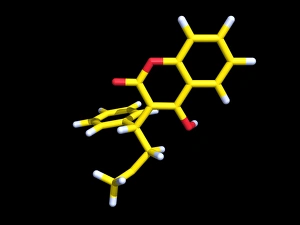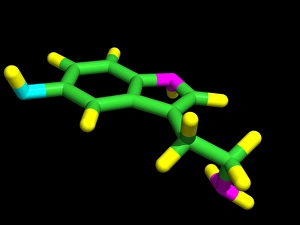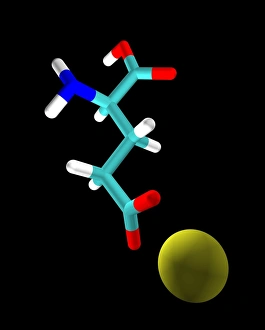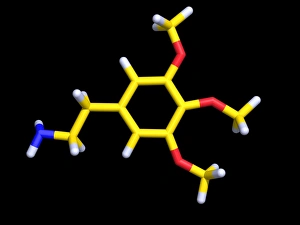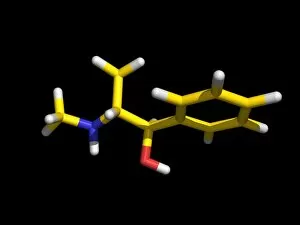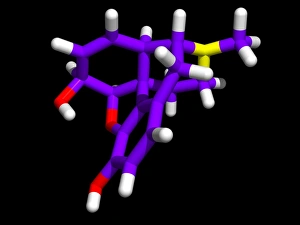Stick Collection (page 103)
"Embracing the Stick: A Journey through Time and Culture" In a world filled with diverse traditions, one common thread unites us all - the stick
All Professionally Made to Order for Quick Shipping
"Embracing the Stick: A Journey through Time and Culture" In a world filled with diverse traditions, one common thread unites us all - the stick. From its humble beginnings as a simple tool to its multifaceted roles in various aspects of life, this unassuming object has woven itself into the fabric of our existence. Step back in time to an era when dance crazes swept across nations. "Me and My Girl" taught us how to dance the Lambeth Walk, where sticks became extensions of our limbs, guiding our every move on bustling streets. The rhythm pulsated through Tofino, Vancouver Island, British Columbia (B. C. ), Canada, North America as laughter echoed amidst lively gatherings. But they are not limited to dance floors alone; they have also found their place at gaming tables. The Jolly Joker Playing Card reminds us of countless evenings spent strategizing over card games while holding onto that lucky charm - a trusty stick by our side. Artistic expressions often find inspiration from everyday objects. Disraeli's Vanity Fair caricature captures a moment frozen in time when sticks were wielded as symbols of power and authority. Meanwhile, explosions of vibrant colors burst forth from firecrackers during Chinese New Year celebrations in Paris, France, Europe - each spark illuminating the night sky like tiny brushstrokes derived from coal tar. The sea holds tales untold by many but cherished by old sea dogs who navigate treacherous waters with their trusted companion - a sturdy wooden staff that stands tall against crashing waves. Elgar himself found solace in walking with his stick along serene paths where melodies whispered softly among nature's symphony. History unveils fascinating characters like Black John of Tetcott captured forever on canvas by James Northcote (1746-1831), his weathered face etched with wisdom earned through years spent leaning upon his faithful cane.

